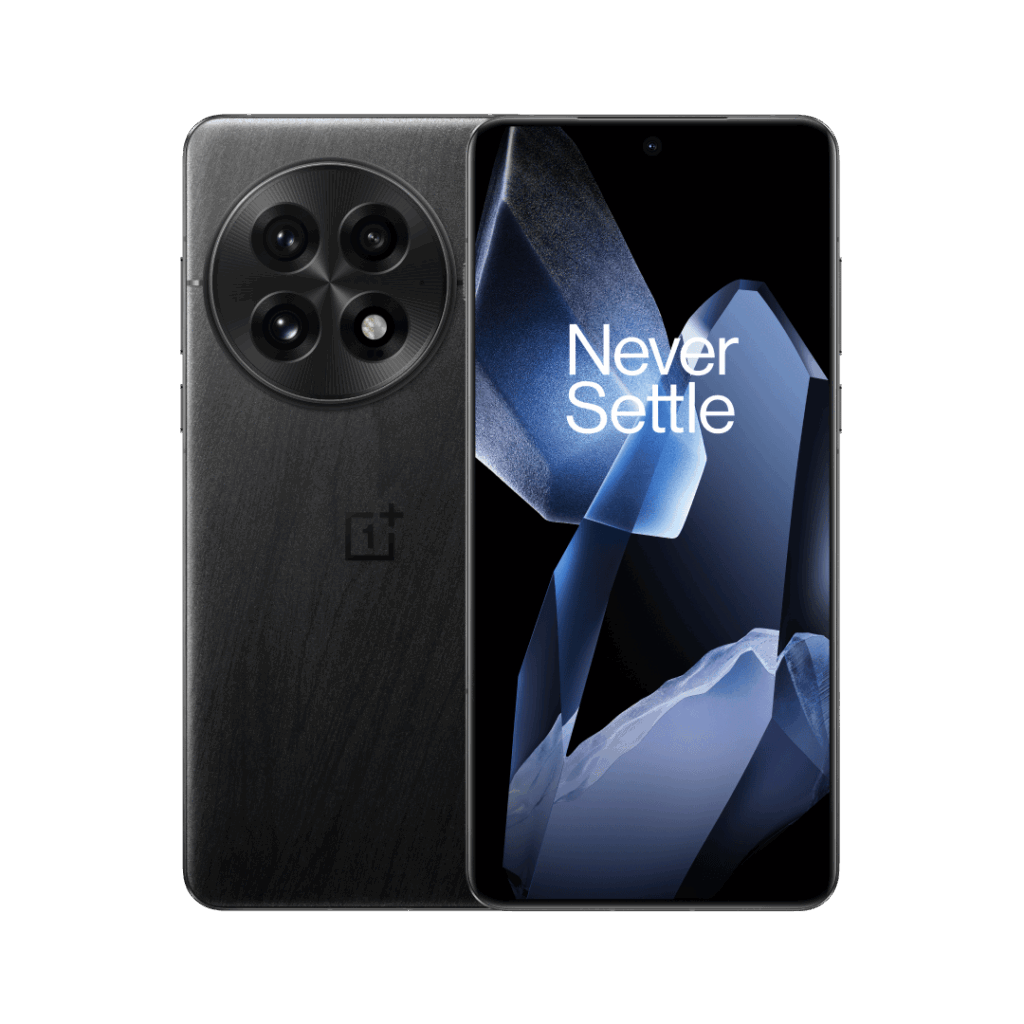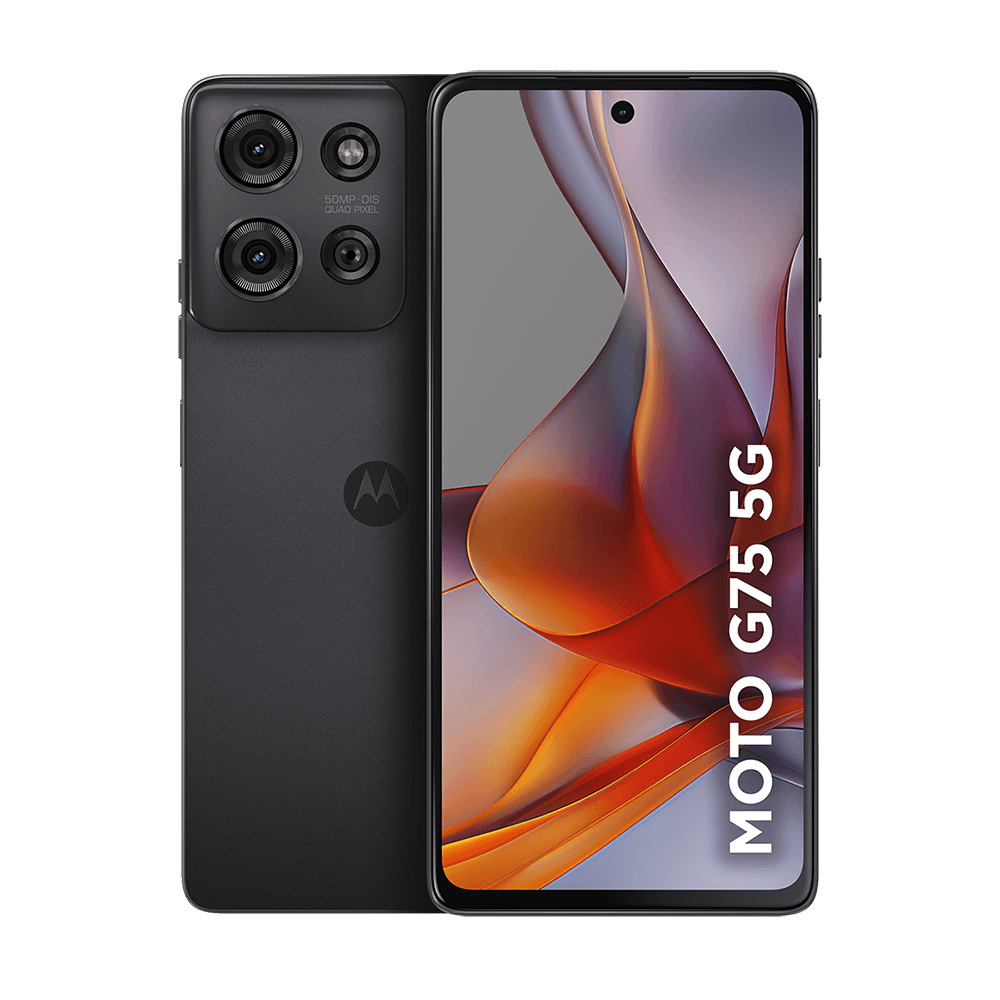In my previous post I mentioned that I’ve deleted my Google account, in protest about their catastrophic decision to remove the ability to install apps that aren’t signed with a paid, verified developers account on any Android device that uses play services. Aside from Huawei and Apple devices, this will affect every smartphone manufacturer in the western markets.
A large portion of the population, maybe 90% or even higher will never even notice this restriction. Most people that use an Android device probably don’t even know that they can install apps on their devices from other sources than the play store. But for the portion of us that are developers, enthusiasts or even those that have a niche requirement this is a major advantage of an Android device.
The ability to install applications from a packaged installer (APK) brings it one step closer to being a true pocket computer. After all, Windows devices have .exe’s and .msi’s. MacOS have .dmg’s and linux have .appimage, .flatpak, .deb and .rpm just to name a few. For me a defining factor of a device I own is having the ability to install what I want on my device, sourced from wherever I want, with the ability to back that file up should I ever want to use it in the future, long after it ceases to be available. I would class myself as somewhat of a data hoarder. I have installers for all sorts of software stored away on external hard drives, some I’ve purchased and some is open source, but the point is that is my copy of the software. I’m free to use it and install it on any device of my choosing, for as long as I want to.
I have a lot of Android APK’s stored too. Some are old versions of games that have since been updated beyond recognition. Others are applications required for peripherals that would be useless without the software (USB-C endoscope, thermal camera, external microphones to name a few). Without the ability to freely install what we want on our devices they lose a major part of their functionality. They essentially become proprietary devices, locked to only approved software. Think something like a PlayStation. Yes you can buy games for it, digital or physical but only software that is approved by Sony, and only while signed into your PSN account. If a developer wanted to make a game but for whatever reason couldn’t publish through Sony it would be impossible to play on the console. Of course this isn’t directly comparable but I think it paints the picture of just how locked down Android will become when this comes into force.
I’m under no illusion that there is no long term future for me using an Android device if this is the reality. Hence why I decided to delete my Google account pre-emptively. A decision I will never go back on I might add.
So to the real point of this post. What is it like using an off the shelf Android device, in my case a Oneplus 13 with no Google account?
Surprisingly, it’s not that bad. At least until the restrictions come into play that is.
For now there are no deal breakers, only purposeful inconveniences.
To name a few: Google maps refuses to let me save locations without being signed in, meaning I have to type each destination manually. Certain apps or games have “sign in with Google” as their only method of backing up. I cannot even access the area in settings that allows me to decide what data is sent to Google any more. I could not make in app purchases even if I wanted to. I have no “find my device” capability.
For now though, that’s it. I have access to all free apps on the Play Store through Aurora. I back up to my Nextcloud instance. I sync my calendars, contacts and tasks using DAVx. The phone still has play services installed so any apps that use it for push notifications can still do so.
I’ve also gone one step further. I discovered an app through F-Droid called “Rethink”. It’s a fantastic DNS blocker/app firewall, and using it I’ve been able to block a huge amount of background apps and processes from having any form of network connectivity. I’ve configured it on a “whitelist” basis, where only apps that I’ve explicitly defined have network access. If this evil corporation are going to these lengths to stop me doing what I want with my device, they’re certainly not having any of my personal data. Blocking the phone communicating back to its Chinese manufacturers is a benefit too. While the data usage section of the phone never reported honestly about these communications I know they were happening, simply because even though this app is running permanently in the background my battery drain has decreased significantly, especially overnight.
The problem with all this is that none of this will be possible after the verification comes into effect. The majority of these apps I’m using to circumvent having to use a Google account would never be approved by Google. It’s simply not in their best interest. They wouldn’t want me to use the Play Store anonymously, they certainly wouldn’t want me to block all their telemetry, and the version of DAVx on the play store is paid, which I wouldn’t be able to purchase without a Google account. So I’m under no illusion that this is a long term solution.
My best chance of having this work semi long term will be to not allow my device to update at all, and even then this will only work for so long until the banking apps decides my Android version is too old. It also has security implications of allowing it to fall behind on security updates.
As much as it pains me to admit defeat, unless a manufacturer comes out with a device running an alternative OS such as linux, which is looking increasingly unlikely my best option in this scenario is to just settle for an iPhone.
Sideloading is possible on iOS devices, and because it’s never been a supported method by Apple it has a well established community built around it. The only downside is using Altstore, which means having to connect to a Mac or PC once every 7 days to renew the self signed developer licenses. But at least it has the option.
This feels extremely bleak. Since 2012 I’ve been an Android enthusiast, that’s 13 years. In that time I’ve learnt a lot, and grown a lot. In that time I’ve always had an Android device by my side, and it’s never been used in the way Google intended. I’ve rooted them, installed custom ROM’s, messed with Kernels, overclocked, under clocked, modified applications, repurposed old ones into CCTV cameras, storage servers, seed boxes, emulation devices you name it. And all this is slowly coming to an end. First it was the root detection, then the decline of unlockable boot loaders, then play protect and finally the blocking of unsigned apps.
As sad as it sounds I genuinely feel like I will end up mourning this loss. In another way it might do me good. If I do end up with an iPhone I will have zero passion towards it. Whatever model I get will last me for the duration of its functionality, there isn’t a bone in me that gets excited for new iPhone features that’s just not me. On Android I’d get excited about IR blasters, heart rate monitors, motion detection, insanely powerful processors, reverse wireless charging, always on displays, in screen fingerprint scanners, S-Pens and all sorts of features back when they were revolutionary. But iPhone, not at all. A repositioned camera array, a smaller notch, a camera button, a USB-C port, Apple Intelligence… Yawn. Maybe I’ll get back into Linux, maybe I’ll get back into modding games consoles, who knows. But I won’t be spending any more time getting excited about phones, and I’ll definitely be spending less money overall.

